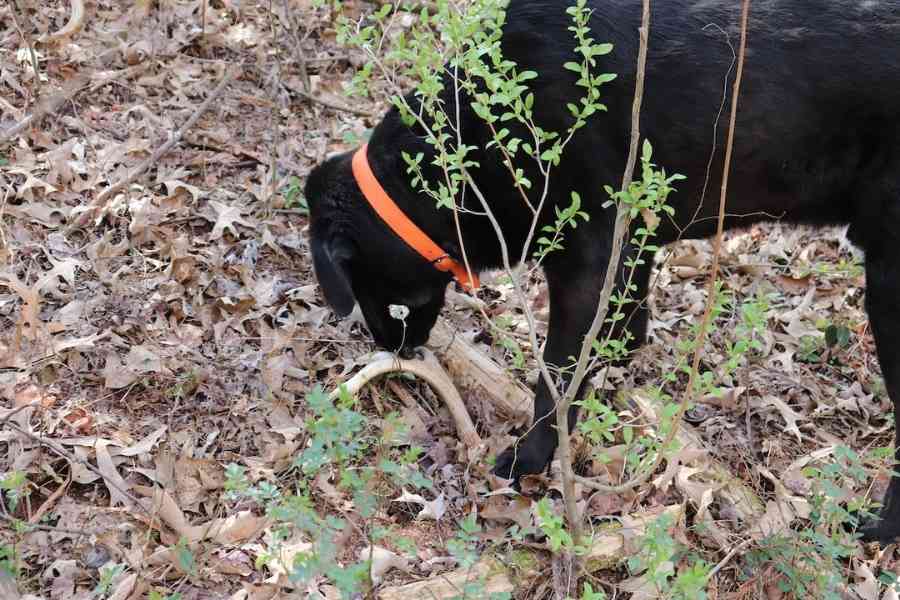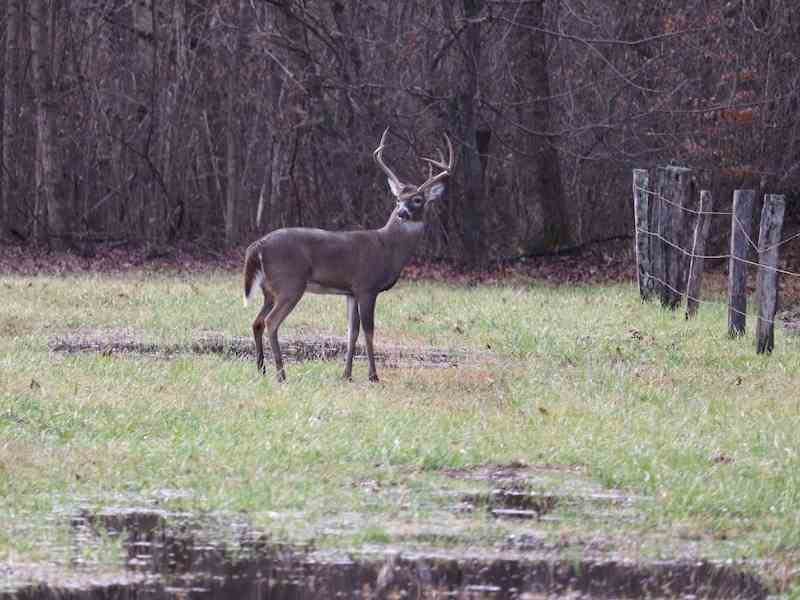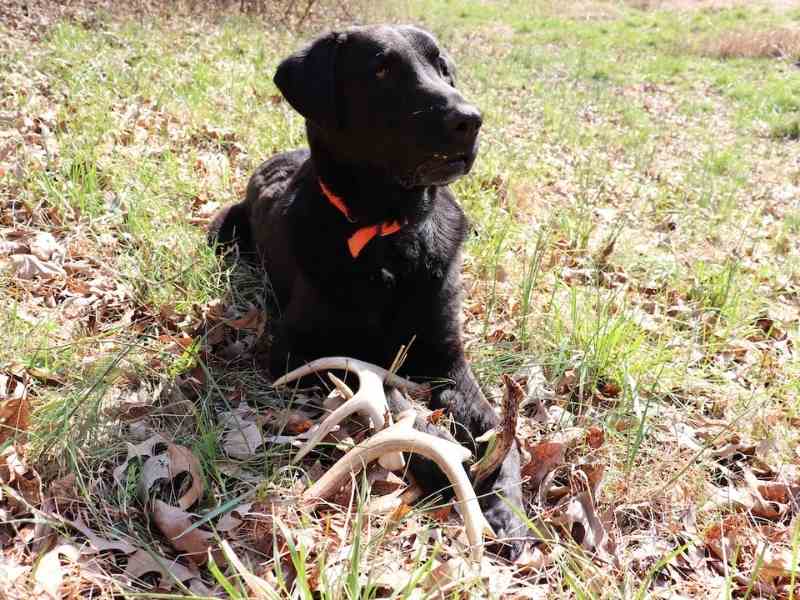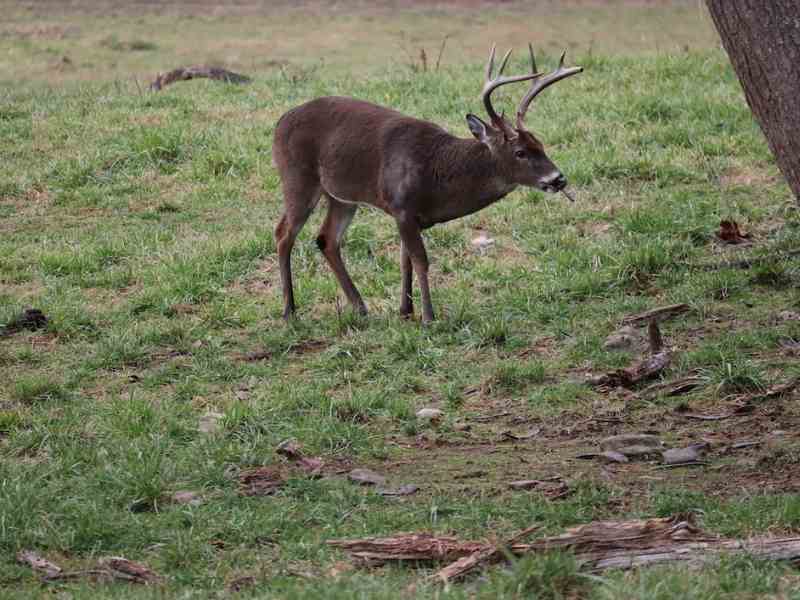During the spring of the year, droves of passionate whitetail hunters take to the woods in search of shed antlers.
This, of course, is for a good reason, as something is fascinating about locating a shed antler that has been cast to the side.
For many hunters, a pile of shed antlers is every bit as noteworthy of a trophy as any mature buck taken during the prior fall.
For those in the know, shed hunting provides a substantial amount of valuable information, even serving as a worthwhile scouting endeavor in its own right.
TL;DR
Shed antlers provide a wealth of information to hunters. Finding sheds reveals which bucks survived the season and identifies their core habitat and home range. The condition of the antler base indicates pedicle health, with damage suggesting injury or infection. Discovering sheds near bedding areas confirms a buck’s presence and precise bed location. Matching sheds allow you to roughly score the antlers and compare to trail camera photos, gauging growth. The distance between cast sheds shows how far the buck traveled after dropping them. The number of sheds found reflects the local buck population density and recruitment.
However, to make the most out of such outings, you must first recognize the bigger picture painted by the sheds they find.
Contents (Jump to Topic)
ToggleBelow are several examples of the valuable information that can be gleaned from your most recent shed-hunting adventure.
Identifying Survivors
For many hunters, planning for the season begins with taking stock of which bucks survived the last fall. For some, this is accomplished through the use of trail cameras.
However, for the determined shed hunter, much of this same information can be obtained while walking about in search of shed antlers.
In many cases, a unique antler can be easily identified as having belonged to a particular buck. As a result, one can speculate a specific buck has survived at least until the spring of the year if one or both of its antlers have been discovered while shed hunting.
This very principle drives many to shed hunt relentlessly each spring.
However, one should avoid becoming discouraged if they do not locate their target buck’s sheds. In some instances, bucks will travel a respectable distance between spring and fall habitats due to changes in prevailing food sources.
Due to this fact, a buck might be alive and well miles away, leaving a hunter little chance of recovering their sheds.
Core Habitat Boundaries
Purely by odds alone, you are most likely to discover a buck’s shed antlers in and around particular areas where they spend most of their time.
By reversing this ideology, one can also assume that finding a buck’s antlers in a specific area likely means that the area in question is part of that buck’s natural core habitat or home range. This is quite a valuable tidbit of information, especially when attempting to learn more about your target bucks.
In certain instances, we, as hunters, locate the sheds of a specific buck far away from where we would expect to find them.
We also learn to associate this area with that particular buck and can even stipulate that this area is quite likely to be part of the buck in question’s home range.
Though it is impossible to guarantee that a buck will be using the same habitat during the following fall, it provides some peace knowing that a particular buck is at least comfortable and acquainted with the property you hunt.
This presents the genuine possibility of a return visit during the following fall’s rut if nothing else.
Pedicle Health
A buck’s pedicles are the points at which its antlers protrude from its skull. When a healthy buck sheds its antlers, the natural separation between antler base and pedicle is smooth, seldom leading to substantial blood loss.
When finding an antler that has been shed in this manner, its base will appear nearly round in shape and white.
On the other hand, shed antlers featuring irregularly shaped bases often suggest the presence of an injured or otherwise damaged antler pedicle.
Even worse is the sight of a shed antler that is still affixed to a bit of skull bone or is coated around its base with foul-smelling pus or blood. Such sights indicate a brain abscess, which can prove fatal.
While brain abscess is relatively rare in whitetail deer, this condition is still worth looking out for. Bucks are far more prone to these infections due to the blows received during typical sparing that occurs during the rut.
Identify Bedding Areas
Shed antlers are often found in, or around bedding areas, due to the vast amount of time bucks spend bedding during daylight hours.
While our shed hunting excursions commonly lead us to previously undiscovered bedding areas, such endeavors can also provide additional information about bedding areas that we are already familiar with.
If you have ever discovered a bedding area, only to wonder whether it was being used by bucks or does, locating a shed antler within the nearby vicinity can put an end to such debate.
The closer an antler is to the center of a bedding area, the more definitive the results of such an assessment become. This data can prove valuable when planning for the season ahead.
Knowing the precise location of a buck’s bedding area makes it possible to hunt bed-to-feed travel corridors successfully. As a result, it is often much easier to catch a nocturnal buck on its feet during daylight hours.
Score Assessment
If you are so lucky to locate a matching pair of shed antlers, you will be rewarded with the unique opportunity to measure your buck’s shed to tabulate a rough score.
This allows you to see how accurate your “on-the-hoof” scoring is.
Additionally, the score of these sheds can also be compared to various trail camera photos of a certain buck, providing the same valuable side-by-side comparison.
You will be unable to tabulate an exact score for a particular buck, using only its sheds for reference. This is because you will have no actual inside spread to record.
Nonetheless, one can substitute average numbers for this measurement, based upon prior trail camera photos, to achieve a close estimate regarding the overall gross/net score.
This information can be applied to gauge the same buck’s score more accurately the following year.
If you know what a deer scored a year earlier, it is far easier to formulate an accurate measurement in this regard the next year.









